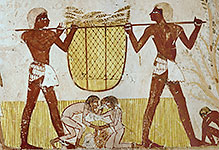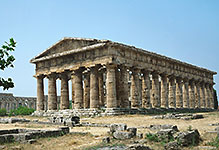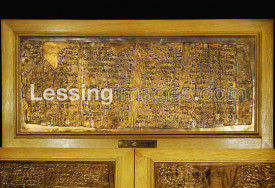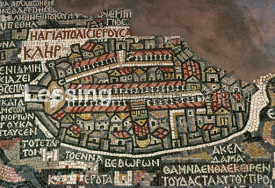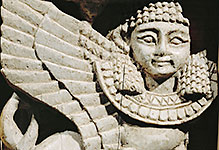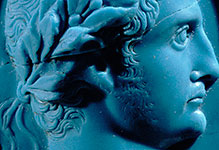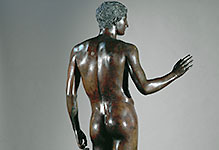
Antiquity
Ancient Egypt, Ancient Greece, Imperial Roman Period, Ancient Middle East.

#03050324
Fragment of a marble shield, Roman, 200 - 300 CE. This is a reduced copy of the...

#03050325
Cameo of Agrippina the Elder, Roman, probably made in Italy, 37-41 CE. The cameo...

#03050340
The drunken Hercules, House of the Stags, Herculaneum, Italy.

#03050345
The "terme suburbane", the public baths erected below the level of the houses i...

#03050346
The calidarium of the underground baths in Herculaneum. Before 79 CE

#03050347
The calidarium of the underground baths in Herculaneum. Before 79 CE

#03050348
Tepidarium of the underground baths at Herculaneum. Before 79 CE

#03050349
Cavalry sports helmet, Roman Britain, late 1st or early 2nd century. Decorated w...

#03050350
Limestone ossuary, Roman-Jewish, 1st BCE - 1st CE. The bones were collected afte...

#03050352
Plato and his school of philosophers. From Pompeii.

#03050353
Faience flask, Egyptian, found at Vulci, ancient Etruria (now in Lazio, Italy),...

#03050354
Clay ground 'Hadra' hydria (water-jar), Greek, probably from Egypt, c200 BC. Thi...
